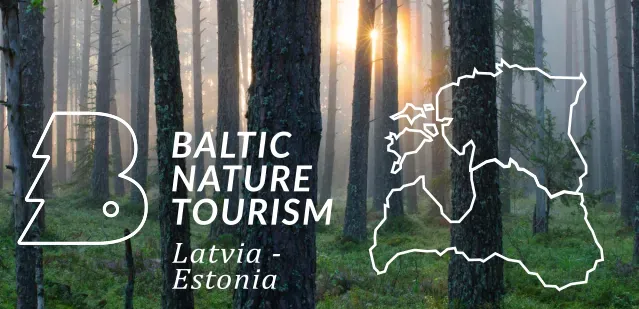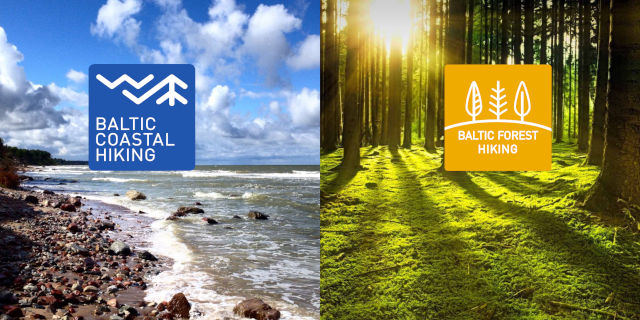Forest guide - Estonia, Latvia, Lithuania, Belorussia
Forest guide - Estonia, Latvia, Lithuania, Belorussia
The Baltic Sea region is the most wooded territory in Europe. Unlike other parts of the continent, this region saw the emergence of forests over the course of 12,000 years after the last so-called Baltic Ice Age. Since the region covers a fairly large part of Europe, it is rather diverse. Boreal coniferous forests dominate in the northern stretches, while temperate broadleaf forests are found in the central and southern parts. The Baltic States and Belarus are located in the transition zone between these two types of forests. This is one of the reasons why great biological diversity is observed in the territory. The swamp forests that are found there are often known as ‘the Northern rainforests’.
The forest is an integral component of the Northern European landscape and cultural environment. Over the course of ages, forests and trees have served as sources of inspiration, leading to countless legends, stories, fairy tales and riddles as a very important part of the intangible folklore heritage of Northern European peoples. The forest has always been an important source of timber and non-timber (mushrooms, berries) resources in the economies of the Baltic countries.
This guide will help you to learn more about the unique aspects of our forest and its nature values.
![]()
![]()
![]()
Part-financed by the European Union (European Regional Development Fund and European Neighbourhood and Partnership Instrument)






